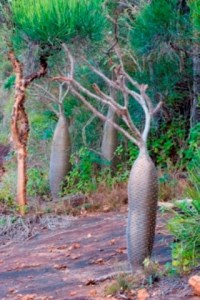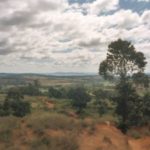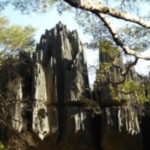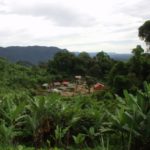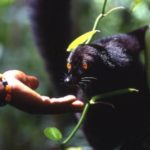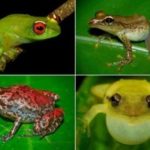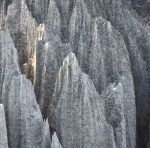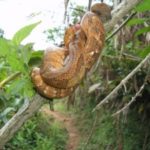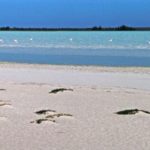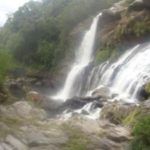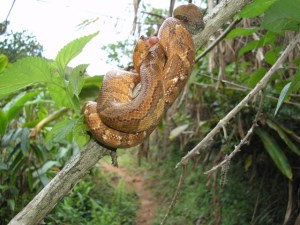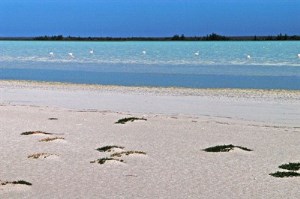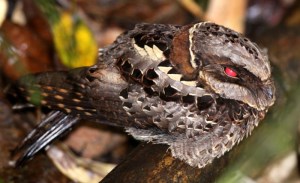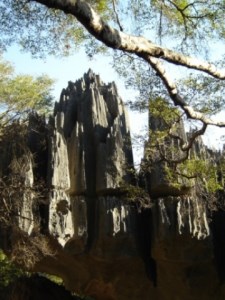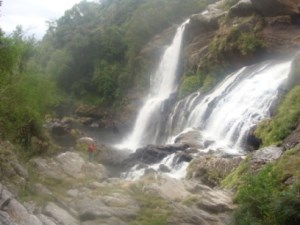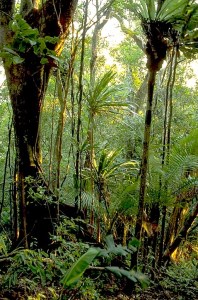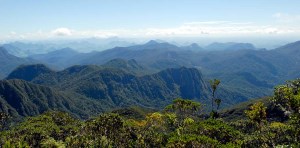Madagascar's Andohahela National Park:
One park, three vegetations!
Andohahela National Park is located in the south of Madagascar, about 40km northwest of Fort Dauphin. Already since 1939, about 30,000 hectares of the current national park are protected. The area has more than doubled over time. At the end of the 90s, the area was declared a national park and opened to visitors. The area of more than 75,000 hectares offers an almost complete insight into the flora and fauna as well as the different vegetation of the southeast of the island. The altitude varies between 200m at the lowest and 2000m at the highest point of the national park. Part of the protected area are also the few humid forests of the south and the beautiful Anosy mountains. It thus encompasses diverse vegetation that makes a day trip to this unique protected area a particularly rewarding experience: Hike through the Rainforest, the Transition zone and the dry thorn forest and admire the different landscapes that will open up before you. A visit to the national park is offered, for example, during a Individual trip to the land of thorn people an. This trip through the south of Madagascar ends in Fort Dauphin, so a visit to Andohahela National Park can easily be included in individual itinerary planning.
National park awarded several times with prizes
It is noteworthy that the park management involves the local population in various conservation projects. Part of the entrance fees are used to support the local people in the protected area. Peoples of the Antandroy and Antanosy supported. They, in turn, make a valuable contribution to the conservation of the flora and fauna of the area through their agricultural and beekeeping projects. These efforts to stand up for both human interests and nature conservation have deservedly earned the park several renowned awards brought in. The nature reserve secures the habitat of a total of 13 lemur species, 130 bird species and 50 amphibian species. Also almost 70 species of reptiles such as geckos, turtles and snakes live in the different ecosystems of Andohahela National Park. The habitat of these animals is covered in total by more than 1000 plant species determined, many of which are endemic.
The three zones of Andohahela National Park
Andohahela National Park is divided into three different zones: The area covered by rainforest is called by the locals Malio. The vegetation is like for Rainforests usually very lush. 200 species of ferns, noble wood trees, orchids, wild vanilla, lemurs and numerous birds populate the area. Since the rainforest area can only be visited in the dry season and is more difficult to access than the other zones, Malio is the least visited area of Andohahela National Park. Tsimelahy is called the transitional forest, which also offers beautiful landscapes and is home to many small mammals and reptiles. The trifoliate palm is also native to Tsimelahy and is an endemic plant species. The dry thorn forest of Andohahela National Park is called Ihazofotsy - Mangatsiaka. Here live especially the "dancing" sifakas, calicoes, numerous reptiles and bizarre Didiereaceae plants.
Tours through Andohahela National Park
At present three tours with different levels of difficulty through the Andohahela National Park. For the easiest tour you should plan about 2 hours. During the walk through the dry region Tsimelahy you will see unique landscapes with beautiful natural pools. The about three hours Mangatsiaka Tour on the other hand, it passes through semi-arid areas, while the Ihazofotsy tour takes the most time. With the Ihazofotsy Tour several vegetations of the protected area are taken into account. So, contrary to what the name suggests, it does not only lead through the thorn forest: in the dry scrubland you can look out for lemurs and birds on a day tour, but you can also visit the rainforest on a hike. However, these trails are rougher than the trails through the drier areas. You can choose between a three to five hour tour or a multi-day tour. The hike takes you from the village of Malio to Talakifeno and passes through all three zones of the national park. The climatic conditions change according to the vegetation. We recommend a visit in the period between April and Octoberwhen precipitation is less and weather conditions are generally less extreme. Temperatures are between 20 and 27 ° throughout the year.

